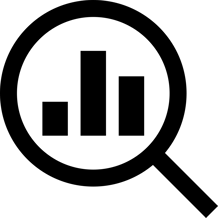DM #1 – Getting Started with Data Modeling
DATA MODELING
Welcome to my first article in the Data Modeling category !
My goal is to share my insights, best practices, and tips about Data Modeling, either through my own content or by sharing existing resources (No need to reinvent the wheel 😊).
What is Data Modeling ?
As defined by Microsoft (1), "Data Modeling is the process of analyzing and defining all the different data types your business collects and produces, as well as the relationships between those bits of data". Data Modeling is one of the most fundamental aspects of working with data. When you're building reports in Power BI or Excel, a well-structured data model forms the foundation of your work.
If you have an accounting background like me, your first encounter with Data Modeling is most likely to be in Excel or Power BI.


Why should you learn Data Modeling ?
Data Modeling is the process of organizing and structuring data to make it usable and efficient for analysis. Think of it as the blueprint for your data pipeline. Just like an architect designs a building before construction begins, data modelers design the way data is stored and connected before analysis starts. A good data model simplifies analysis, ensures accuracy, and improves performance.
How to learn Data Modeling ?
I recommend two sources to get started with Data Modeling.
Microsoft has a lot of training materials. I would recommend to browse their catalog of courses, and I would start with this one here.
"The Data Warehouse Toolkit" by Ralph Kimball and Margy Ross has become a cornerstone resource for data warehouse and data modeling professionals, offering practical guidance on building efficient and scalable solutions.
Sources & Definitions:
What is Data Modeling?: Microsoft Power bi (no date) What is Data Modeling? | Microsoft Power BI. Available at: https://www.microsoft.com/en-my/power-platform/products/power-bi/topics/data-modeling/what-is-data-modeling (Accessed: 27 January 2025).
